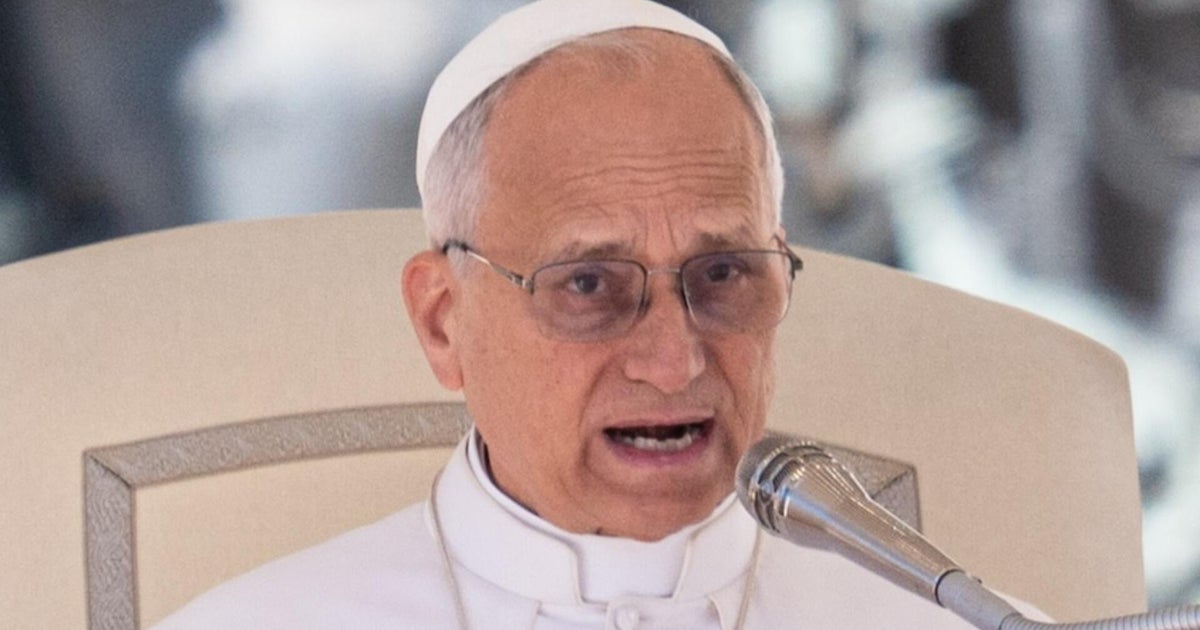The Reserve Bank has stunned financial markets and economists by holding official interest rates steady at 3.85 per cent following its two-day meeting.
In a split result, with three members of the bank’s monetary policy board voting to cut rates, the Reserve argued it could afford to wait a little longer before moving to take rates lower.

Reserve Bank governor Michele Bullock was expected to deliver a rate cut on Tuesday, but the bank’s board was split.Credit: Louie Douvis
Financial markets had fully priced in a rate cut, while almost all economists believed the bank would cut the cash rate by a further quarter of a percentage point.
In its statement explaining the decision, the bank said it could hold rates steady “for a little more information to confirm that inflation remains on track to reach 2.5 per cent on a sustainable basis”.
“[The board] noted that monetary policy is well-placed to respond decisively to international developments if they were to have material implications for activity and inflation in Australia,” it said.
This is the first time in the bank’s history that a vote on its decision has been made public, part of reforms introduced by Treasurer Jim Chalmers. It is also the first time a split in the bank about rate settings has been revealed.
In a statement, Chalmers said the decision was “not the result millions of Australians were hoping for or what the market was expecting”.
He said the May inflation data showed both headline and underlying inflation were in the bottom half of the RBA’s 2-3 per cent target band for the first time since August 2021.
“We have made substantial and sustained progress on inflation, which is why interest rates have already been cut twice in five months this year,” he said. “We’ve seen elsewhere that when central banks cut rates, they don’t always cut at every meeting.”
In its statement, the bank noted that the economic outlook remained uncertain. That uncertainty has increased this week with US President Donald Trump revealing plans to increase tariffs on 14 nations by between 25 and 40 per cent.
“While the final scope of US tariffs and policy responses in other countries remains unknown, financial market prices have rebounded with an expectation that the most extreme outcomes are likely to be avoided,” the Reserve statement said.
“Trade policy developments are nevertheless still expected to have an adverse effect on global economic activity, and there remains a risk that households and firms delay expenditure pending greater clarity on the outlook.”
The bank said there were some signs that domestic demand had increased over the past six months, while noting there was a risk this could be slower than expected. It also noted that the jobs market remained tight, but added that wages growth had started to soften.
“The board will be attentive to the data and the evolving assessment of risks to guide its decisions,” it said. “In doing so, it will pay close attention to developments in the global economy and financial markets, trends in domestic demand, and the outlook for inflation and the labour market.”
Loading
The unexpected result had an immediate impact on currency markets, pushing up the Australian dollar against the greenback by 0.3 cents to ¢US65.5.
CreditorWatch chief economist Ivan Colhoun described the move as a “big surprise” but said further rate relief for borrowers had likely only been delayed until the RBA’s August meeting.
He said the Reserve was likely waiting for the June quarter inflation figures, to be released at the end of the month, to be sure price pressures were contained.
“Australia’s continuing very low unemployment rate, and the fact that the next board meeting is only one month away, meant the board did not have to make a quick follow-up rate cut at this meeting,” he said.
Cut through the noise of federal politics with news, views and expert analysis. Subscribers can sign up to our weekly Inside Politics newsletter.
Most Viewed in Politics
Loading


















































